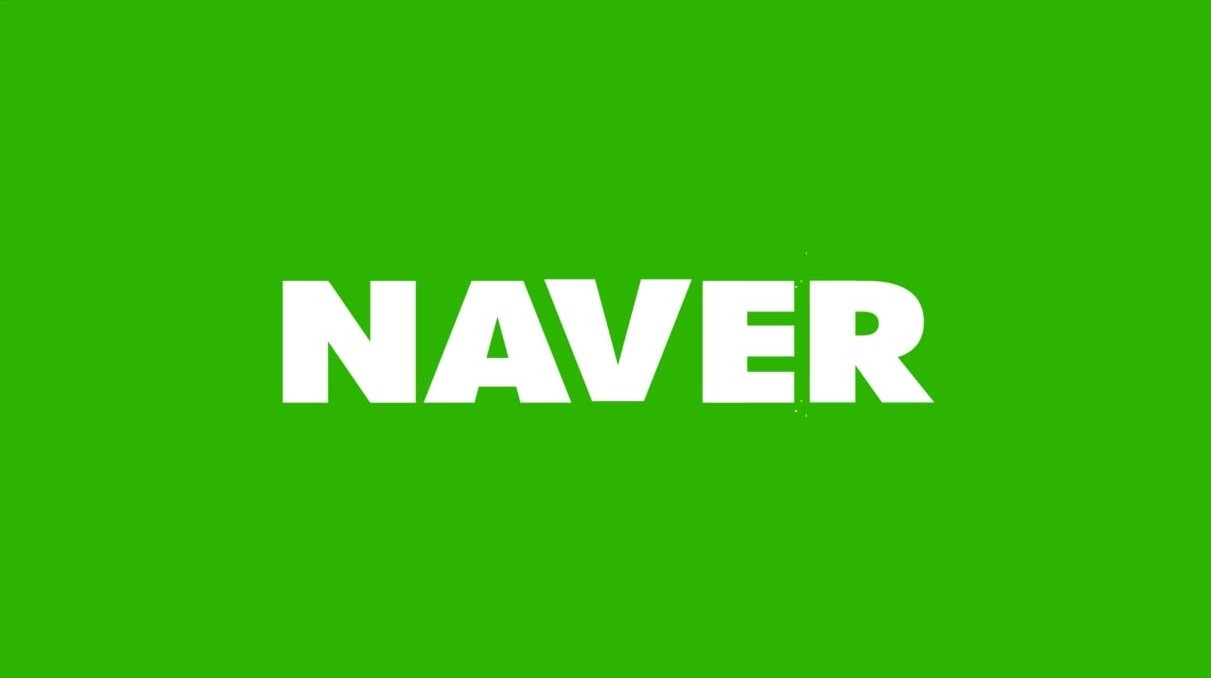Esophageal foreign body removal using endoscopy in cat
Abstract
A 10-months-old cross long hair cat named Casper with clinical symptom of vomiting mixed with slimy cat feed was referred to Veterinary Teaching Hospital, Faculty of Veterinary Medicine, Bogor Agricultural University to endoscopy examination and therapy. The owner believed that Casper ate a 5 cm long sewing needle a few days earlier. The history and physical examination were examined at DNA Clinic with symptoms of lack of appetite and becoming quieter and calmer. Radiogram showed the needle was in thorax area with a vertical needle penetrating the esophageal wall. Removal of the needle and observation of the esophagus area were done using endoscopy under general anesthesia. Using endoscopy, it was known that the needle was swallowed along with the sewing thread with position of all needles penetrating the esophagus wall and leaving a small amount of thread on the lumen. The needle was pulled back to the esophageal lumen by pulling the remaining thread and then both needle and the thread were pulled back out using an alligator grasping forceps that used through working channel. Therapy given after endoscopy was antibiotics and anti-emetics.
Downloads
References
Birk M, Bauerfeind P, Deprez PH, Häfner M, Hartmann D, Hassan C, Hucl T, Lesur G, Aabakken L, Meining A. 2016. Removal of foreign bodies in the upper gastrointestinal tract in adults: European Society of Gastrointestinal Endoscopy (ESGE) Clinical Guideline. Endoscopy. 48(05):489-496.
Cornell K, Koenig A. 2015. Gastrointestinal Foreign Body. Chapter 4. In Small Animal Surgery Emergencies. 1st edition. Pp 33-42.
Han E. 2003. Diagnosis and management of reflux esophagitis. Clinical techniques in small animal practice. 18(4):231-238.
Karadas S, Cegin MB, Sayir F, Gonullu H, Olmez S. 2016. Oesophagus obstruction due to ingestion of multiple foreign bodies. JPMA. The Journal of the Pakistan Medical Association. 66(4):473-474.
Neiger R, Robertson E, Stengel C. 2013. Gastrointestinal endoscopy in the cat: diagnostics and therapeutics. Journal of feline medicine and surgery. 15(11):993-1005.
Pratt CL, Reineke EL, Drobatz KJ. 2014. Sewing needle foreign body ingestion in dogs and cats: 65 cases (2000–2012). Journal of the American Veterinary Medical Association. 245(3):302-308.
Weil AB. 2009. Anesthesia for endoscopy in small animals. Veterinary Clinics of North America: Small Animal Practice. 39(5):839-848.
Copyright (c) 2020 CC-BY-SA

This work is licensed under a Creative Commons Attribution-ShareAlike 4.0 International License.
Authors who publish with this journal agree to the following terms:
1. Authors retain copyright and grant the journal right of first publication with the work simultaneously licensed under a Creative Commons Attribution License that allows others to share the work with an acknowledgement of the work's authorship and initial publication in this journal.
2. Authors are able to enter into separate, additional contractual arrangements for the non-exclusive distribution of the journal's published version of the work (e.g., post it to an institutional repository or publish it in a book), with an acknowledgement of its initial publication in this journal.
3. Authors are permitted and encouraged to post their work online (e.g., in institutional repositories or on their website) prior to and during the submission process, as it can lead to productive exchanges, as well as earlier and greater citation of published work (See The Effect of Open Access).


.jpg)















